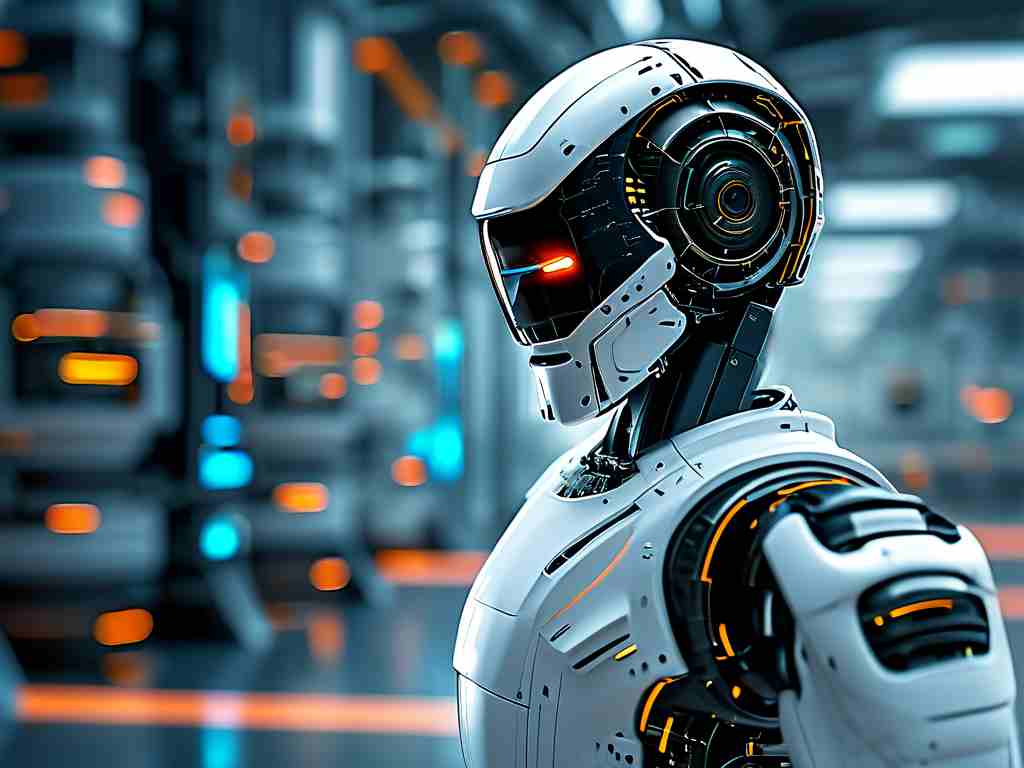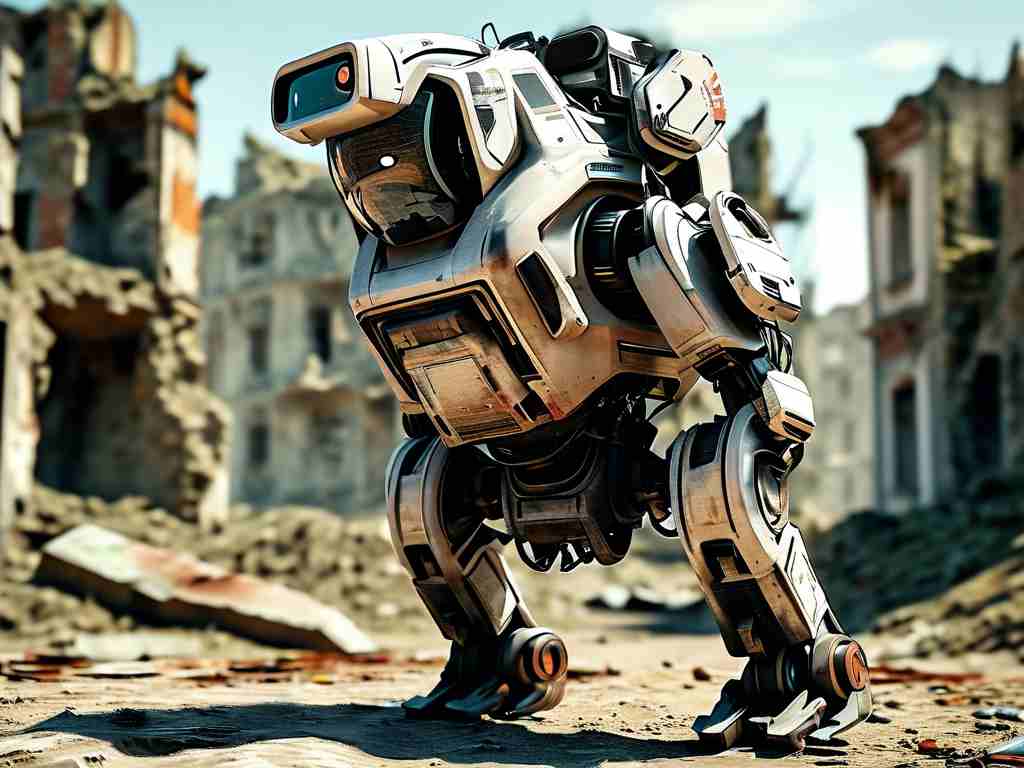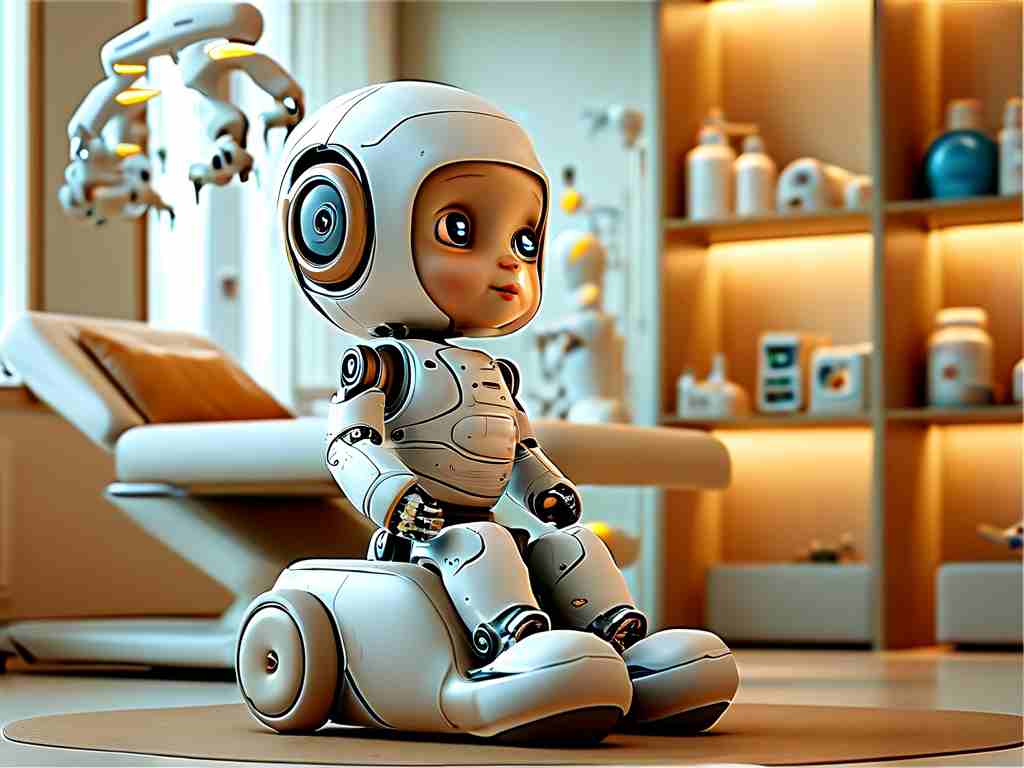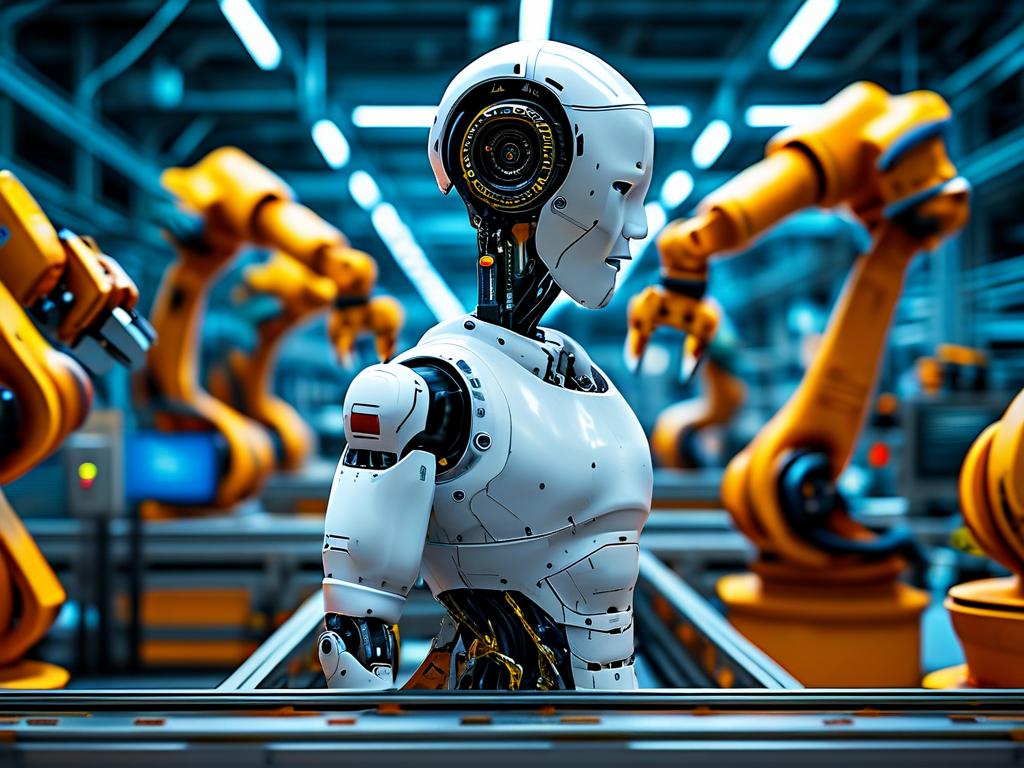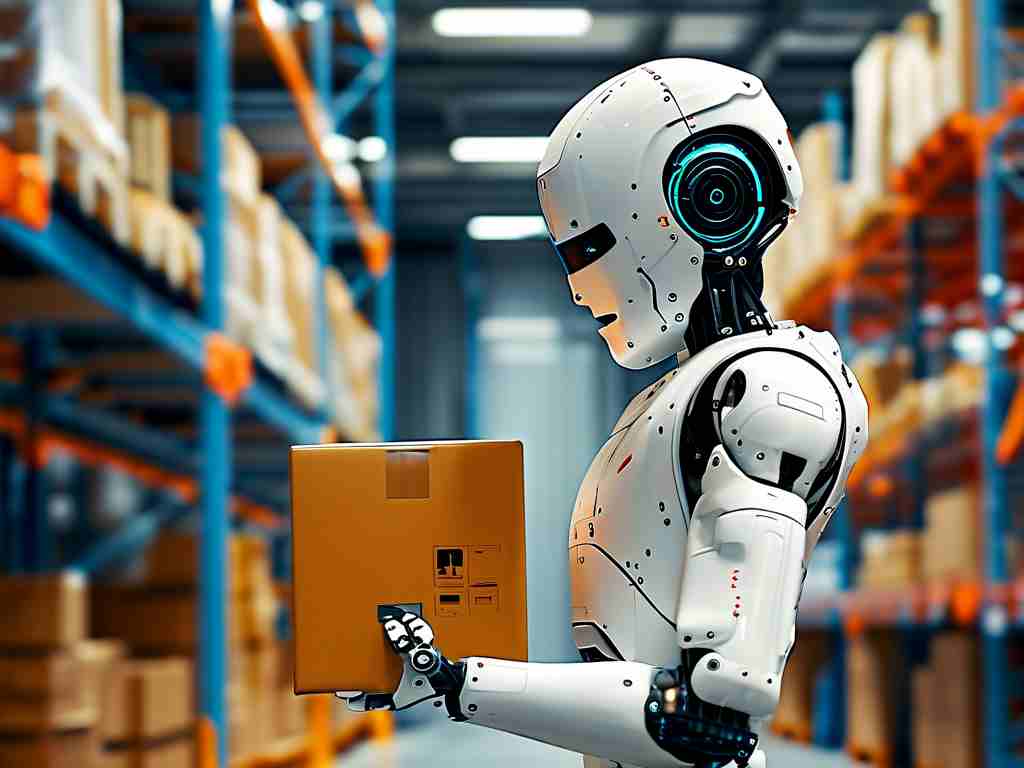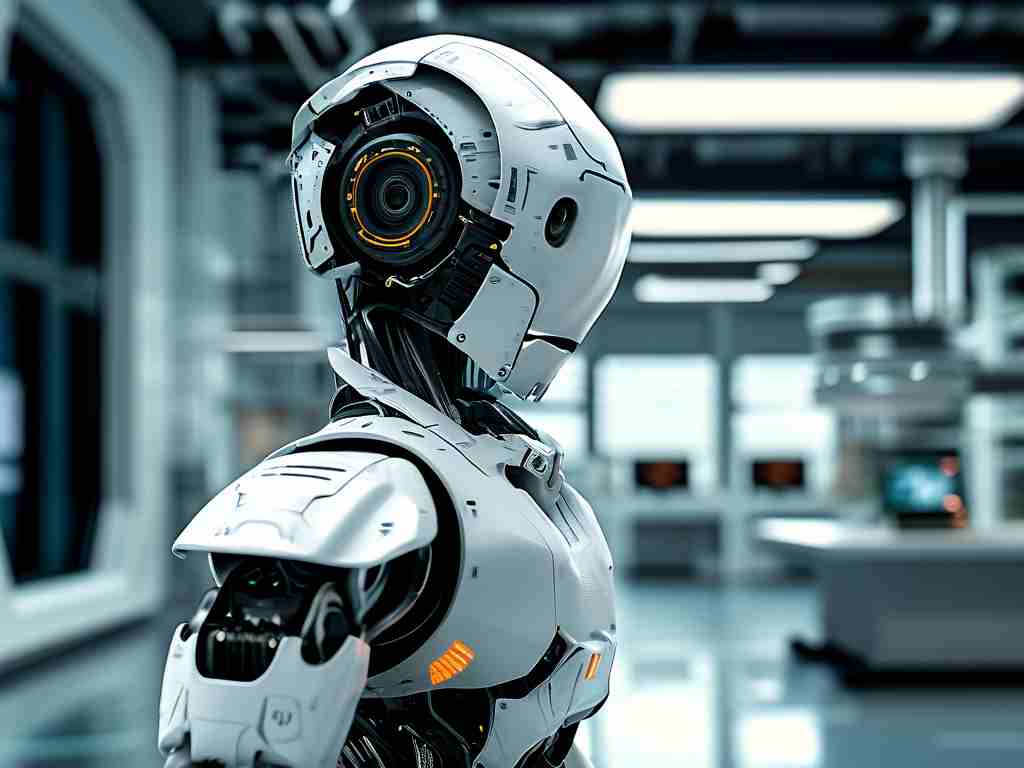Humanoid robots, designed to mimic human form and movement, have captured imaginations for decades. From assisting in factories to aiding healthcare, they promise revolutionary changes. Yet, despite rapid progress, significant technical bottlenecks hinder their widespread adoption, demanding innovative breakthroughs to unlock their full potential.
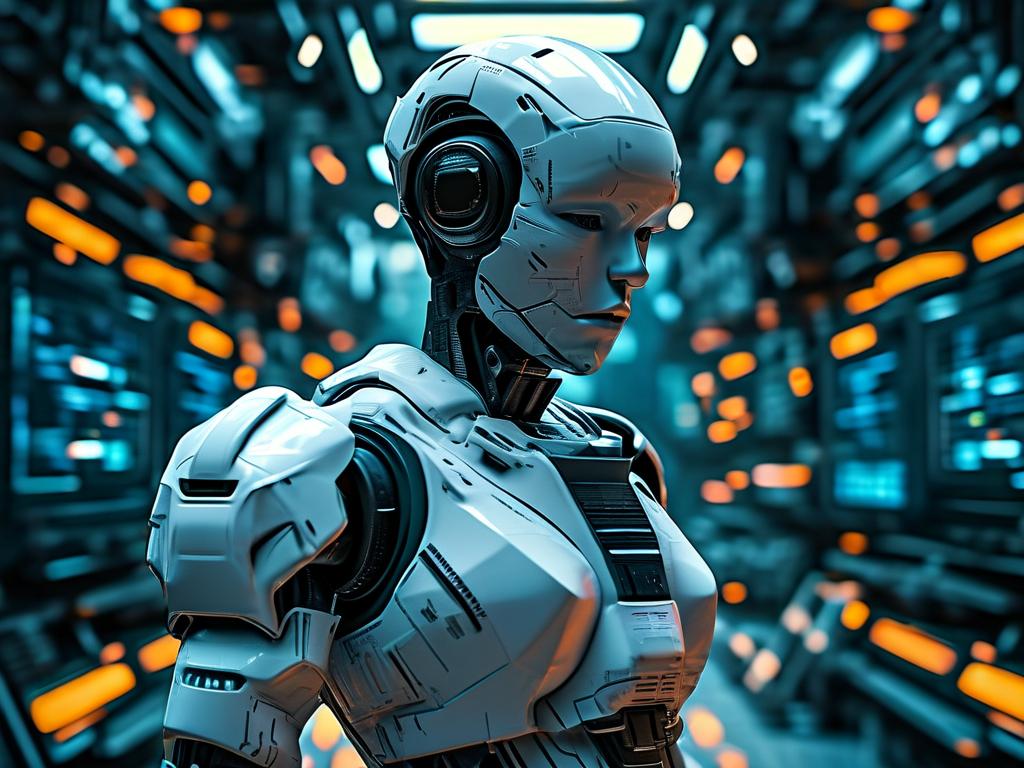
One major hardware bottleneck lies in power systems. Current battery technologies struggle to provide sufficient energy for extended operations without frequent recharging. For instance, many humanoid robots rely on lithium-ion batteries that deplete quickly during complex tasks like walking or lifting, limiting their deployment in real-world scenarios. Additionally, motor efficiency remains a challenge; actuators must balance precision with power consumption, often overheating or failing under stress. Materials science adds another layer; lightweight yet durable composites are essential for agility but are costly and hard to scale. These issues not only inflate production costs but also raise safety concerns, as failures could lead to accidents in human environments.
On the software front, artificial intelligence presents persistent obstacles. Perception algorithms, crucial for tasks like object recognition or navigation, often falter in unpredictable settings. For example, visual systems can misinterpret shadows or obstacles, causing robots to freeze or collide. Decision-making capabilities are equally constrained; while machine learning models excel in controlled labs, they lack the adaptability to handle novel situations, such as social interactions or emergency responses. This gap stems from limited data and computational demands, where real-time processing requires immense resources that current processors can't always deliver efficiently. Moreover, integrating sensory feedback—like touch or balance—into cohesive AI frameworks remains immature, slowing progress toward truly autonomous systems.
Beyond hardware and software, broader bottlenecks include cost and ethical dilemmas. Manufacturing humanoid robots involves expensive components and specialized labor, making them inaccessible for many industries. Safety protocols are underdeveloped, with regulations lagging behind technological advances, posing risks in collaborative spaces. Ethical questions arise too, such as job displacement or privacy invasions, which could stall public acceptance. Addressing these requires collaborative efforts; researchers are exploring solid-state batteries for longer lifespans, while AI advancements like neural networks enhance adaptability. Initiatives like open-source platforms could democratize access, fostering innovation.
In , overcoming these technical bottlenecks is vital for humanoid robots to evolve from novelty to necessity. With focused R&D and cross-sector partnerships, we can transform limitations into opportunities, paving the way for smarter, safer, and more affordable robotics that reshape our future.


